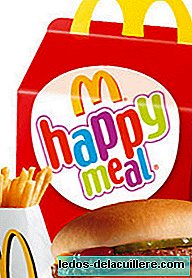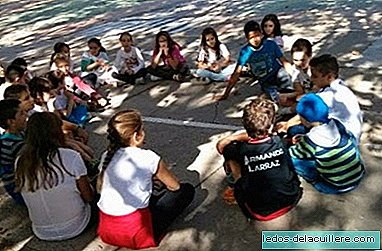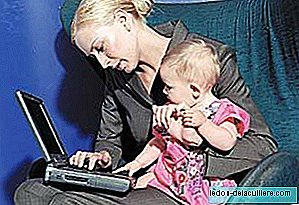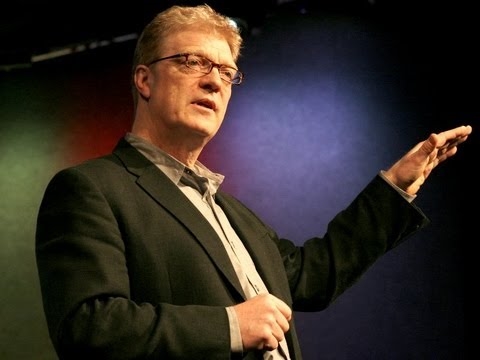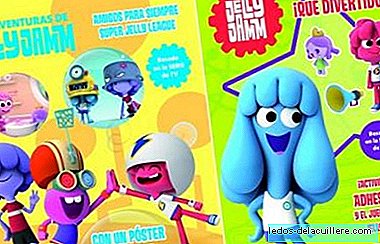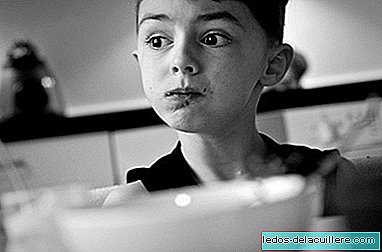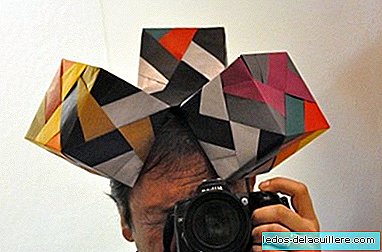
Manuel Carrasco is Architect and since May 2009 he is an entrepreneur who started to open a store specialized in Origami (origami) in Madrid. The store is called Minimum and can be visited in Blasco de Garay, 66. Manuel reminds us that Origami is an art of Japanese origin that consists of folding sheets of paper to make all kinds of figures. In the store they teach courses, sell specialized papers and origami books. They also sell ready-made figures. They also collaborate with companies in everything that has to do with the graphic design of their corporate image, corporate gifts, shop window assembly, courses, leisure days, etc. Then we leave you with Manuel in a very dynamic interview that we have illustrated with many of his creations.
What is the Minimum project?
My name is Manuel Carrasco and I am an architect. In May 2009 I decided to open in Madrid a store specialized in Origami, art of Japanese origin that consists of making all kinds of figures from the folding of sheets of paper, without cutting, pasting or decorating, just by folding. In Spain we also know it as origami. It is generally based on sheets in square format and instructions are followed (diagrams) where the types of fold (valley and mount: concave and convex, inward and outward) are represented by symbols.
In the store we sell from simple Origami figures at reasonable prices to more complex figures. We also sell books, special papers and conduct workshops for both children and adults. We work for companies, decorating shop windows, collaborating in events. Sometimes they invite us to give workshops in other spaces, including the University (Architecture and Origami).

What is the current Minimum moment and what is the future
The current situation of Minimum is that of a small company that offers its added value in specialization and in being the only store in Spain dedicated exclusively to Origami. Every day we learn something new and this comes forward as everything based on effort, with the advantage that we do what we like. The future nobody knows but when we opened Minimum there was already a general crisis situation and after almost five years here we continue, with hopes for the future and always with new projects.
In the store we carry out workshops for both children and adults
What activities do you do for children and how can we participate and contact with Minimum
We are in Madrid, on Blasco de Garay Street, 66. Tf: 915446548. The website is: www.minimum-origami.com. Here you can see all the information and updates by entering the web and clicking the facebook button.
For children we conduct workshops in the store, throughout our schedule and also on Saturdays. A session of 1 hour and a half costs 10 euros per person and they are small groups or even individual classes although sometimes we also carry out more massive workshops in other spaces, such as shopping centers. Once a month we are in Mercado de Motores, for example, giving free workshops. We make an upcoming edition on December 7 and 8, 2013. And this Christmas we will also be giving free workshops in El Patio on the street, Hortaleza 87.

Why did you choose Origami as the focus of the activity?
As I said I am an Architect and for many years I am fond of Origami. Origami has a lot to do with Geometry, just like Architecture. In the end, objects are also constructed, other worlds of paper are recreated, yes, but they can be very beautiful. Origami is art and is also science. And it is also a reproducible art, such as music, which gives it a special appeal. That is, if we learn simple rules, anyone can learn Origami and like music, the more we practice, the more virtuous we will be.
Origami also offers a very attractive future as a research field. The concept of the fold is constantly present in our lives. There are numerous examples: drop-down panels of space stations, operation of airbag of a car, behavior of the proteins that fold in its configuration, etc.

What Origami brings in general and Architecture in particular
Origami helps develop fine psychomotor skills in children and adults and enhances spatial vision and numerous abilities, such as memory. We are currently also immersed in an ambitious research project, called Neuroorigami led by the magnificent psychologist and friend Cristina Belló (author of the book: The pact of dyslexia) and in which we are collaborating with the also origami expert and professor Javier Caboblanco Brasero and where we intend to deepen the benefits of the Origami on health. We have published an article in the ABC newspaper about it.

As for the relationship between Origami and Architecture, Origami will allow us to experiment with shapes and geometries that will enrich our perception of architectural space, obtaining a wide variety of surfaces of variable geometry that are possible on paper but hardly reproducible in other materials.
When can children start in Origami and what is necessary to do so
Children can start in Origami from 5 years onwards. From the age of 8 onwards, great advances in spatial perception occur in children's brains. That generally obliges us to organize children's workshops by differentiating ages, not only because of a greater or lesser knowledge of the origami notions.
Origami is art and is also science
You can study origami in schools
Of course, in some countries like Japan in many schools it is mandatory and I teach workshops in two schools in Madrid (Claudio Moyano and Liceo Francés, the latter with Cristina Belló) as an extracurricular activity.
Which bibliography is the most appropriate to begin in Origami
I find it difficult to choose a title among the wide variety of existing bibliography. In the store we have a wide catalog of references to choose from. Also in Origami we can set difficulty levels: initiation, advanced, complex, etc. and varieties: figures of animals and flowers, boxes, ornaments, geometric figures, modular origami (union of pieces, modules, which we join together assembling, without gluing), etc. There are also kusudamas (same as modular origami but gluing the pieces, exceptionally in this case), tessellations, etc.
How can we help parents work the paper at home
Origami papers are something special in the sense that they must have two qualities, which principle seems incompatible: be fine and at the same time resistant. In addition it is usually based on a generally square format, although there are also many models that start from a rectangular format (for example, A4 or similar) like the traditional ship or plane. But at home we can manage with an office folio, cutting it square if necessary, even the couche paper of the magazines or the wrapping papers can go well.
But if we buy special papers with the appropriate format, color, texture, we will always obtain more attractive results and folding will be more comfortable.
What other activities can we relate to Origami
Origami is a manual art, with its own rules, as we have said: do not cut, do not paste, do not decorate, just fold. These rules, like any rule, we can always take a license on some occasion and skip them, especially if we work with the little ones. As we are not going to let the little boy paint his eyes and whiskers to an origami cat if he wants to!
There is another way to work the paper, cutting it and its name is kirigami. And we talked before his analogy with music. As in this there is a composer and an interpreter, which can coincide, in the Origami it happens the same: first there is the genius that invents the figure, which as we said already develops in instructions that are called diagrams, with their own symbols to represent the valley and mountain folds (concave and convex, inward or outward) and then there are those who following those instructions fold the figure. Over time, we can also learn to design our own figures and that is where creativity comes into play.
I invite you to discover this wonderful world that will give you great hours of happiness.
And here the interview with Manuel Carrasco. We thank Manuel very much for his time, his answers and his dedication to Peques and More. For those of us who live or are close to Madrid, I encourage you to stop by his shop and take a look at his creations. In addition, for parents who want to stimulate the spatial vision of the children, I recommend getting informed to sign up for a workshop, consult bibliography and be encouraged to practice. I leave you with a image of Manuel applied to the task of Origami.



